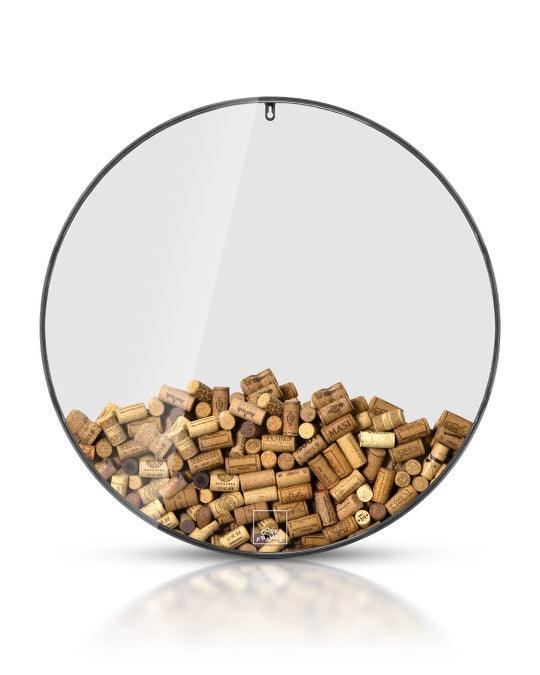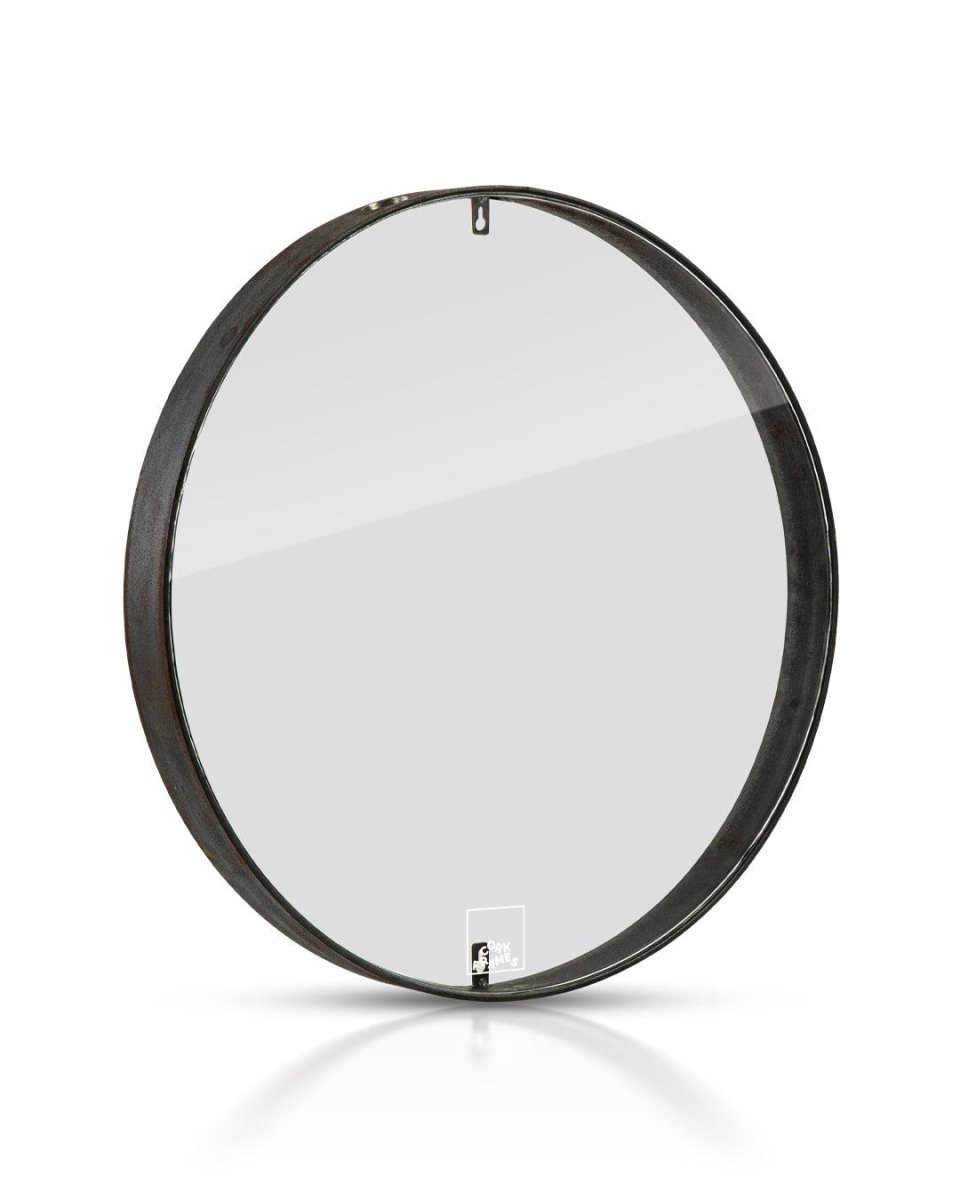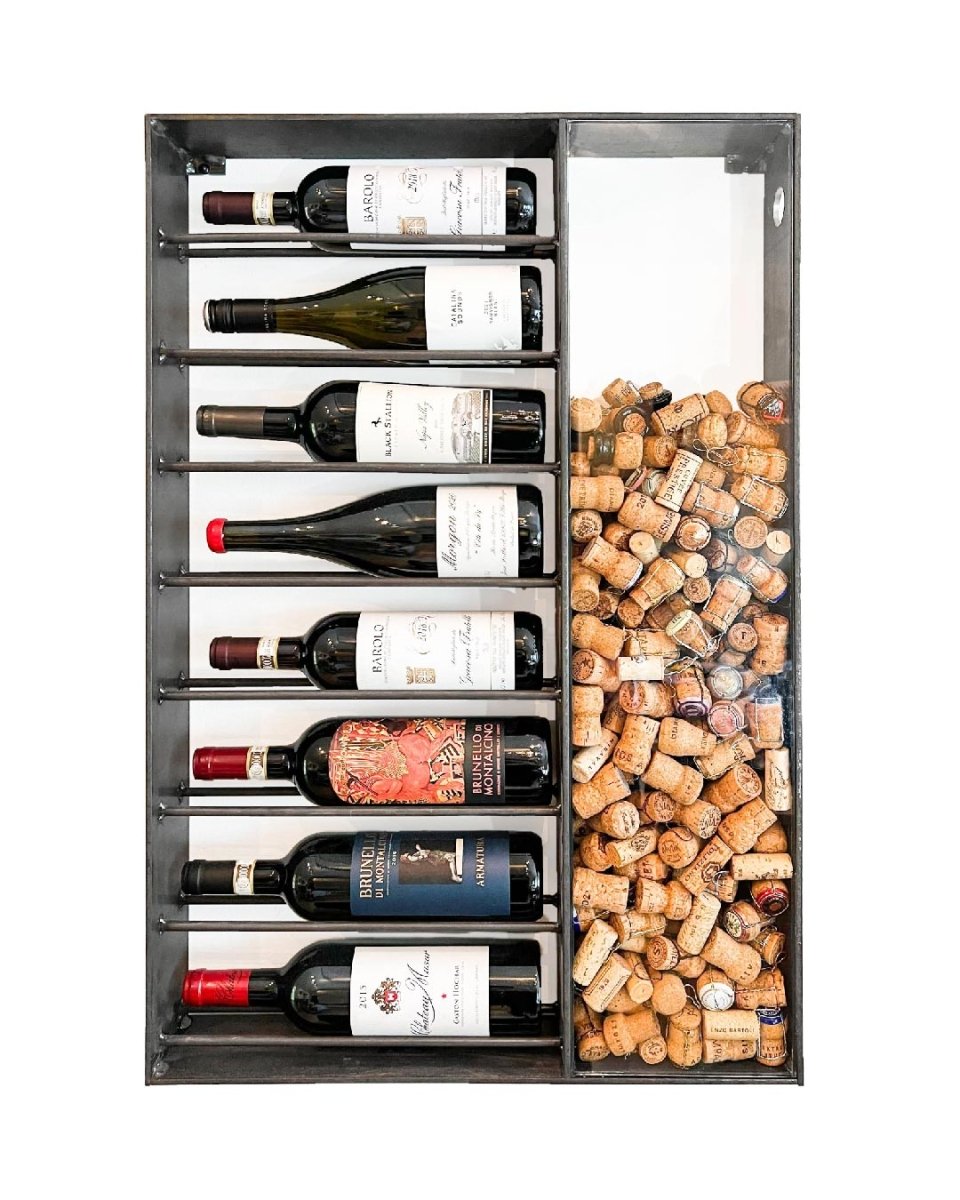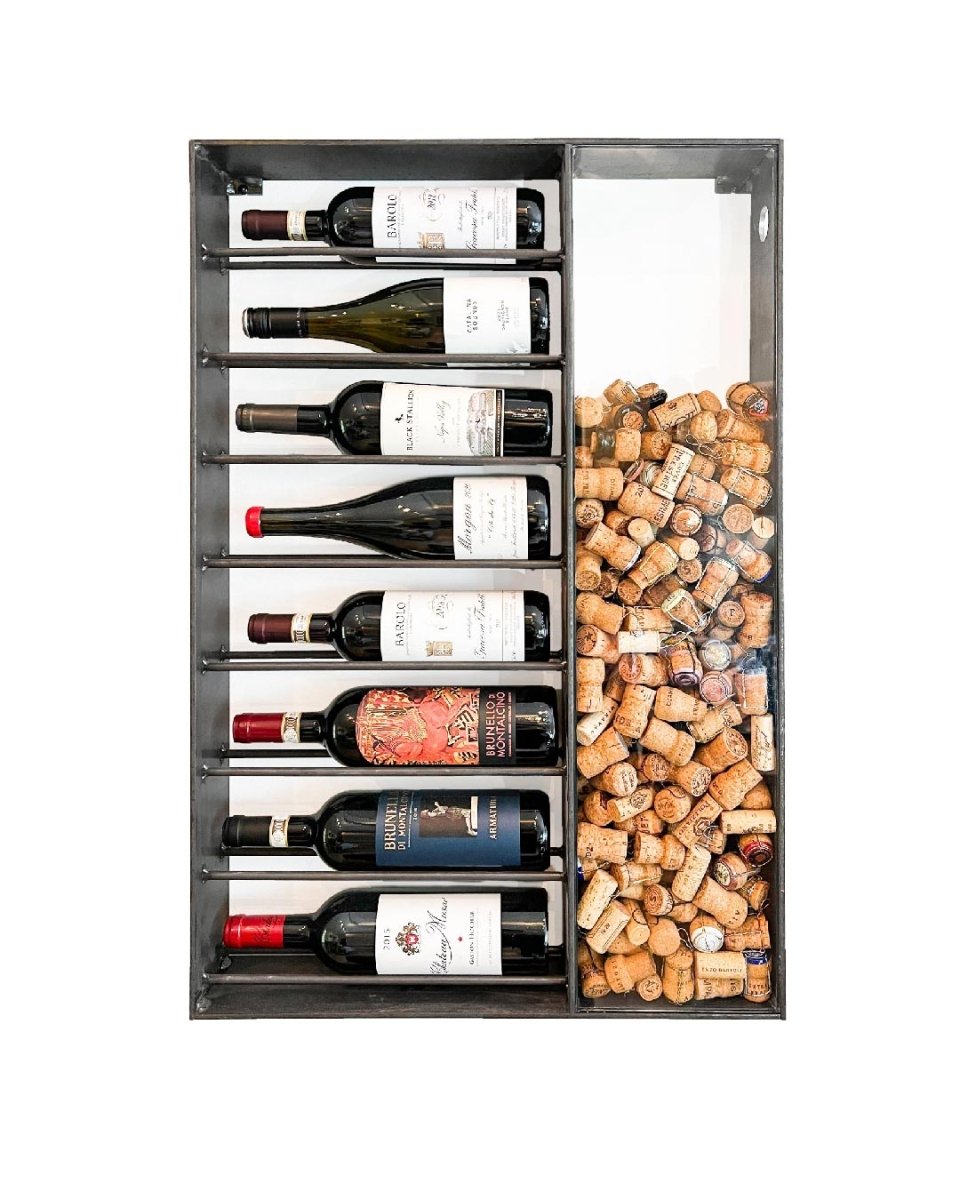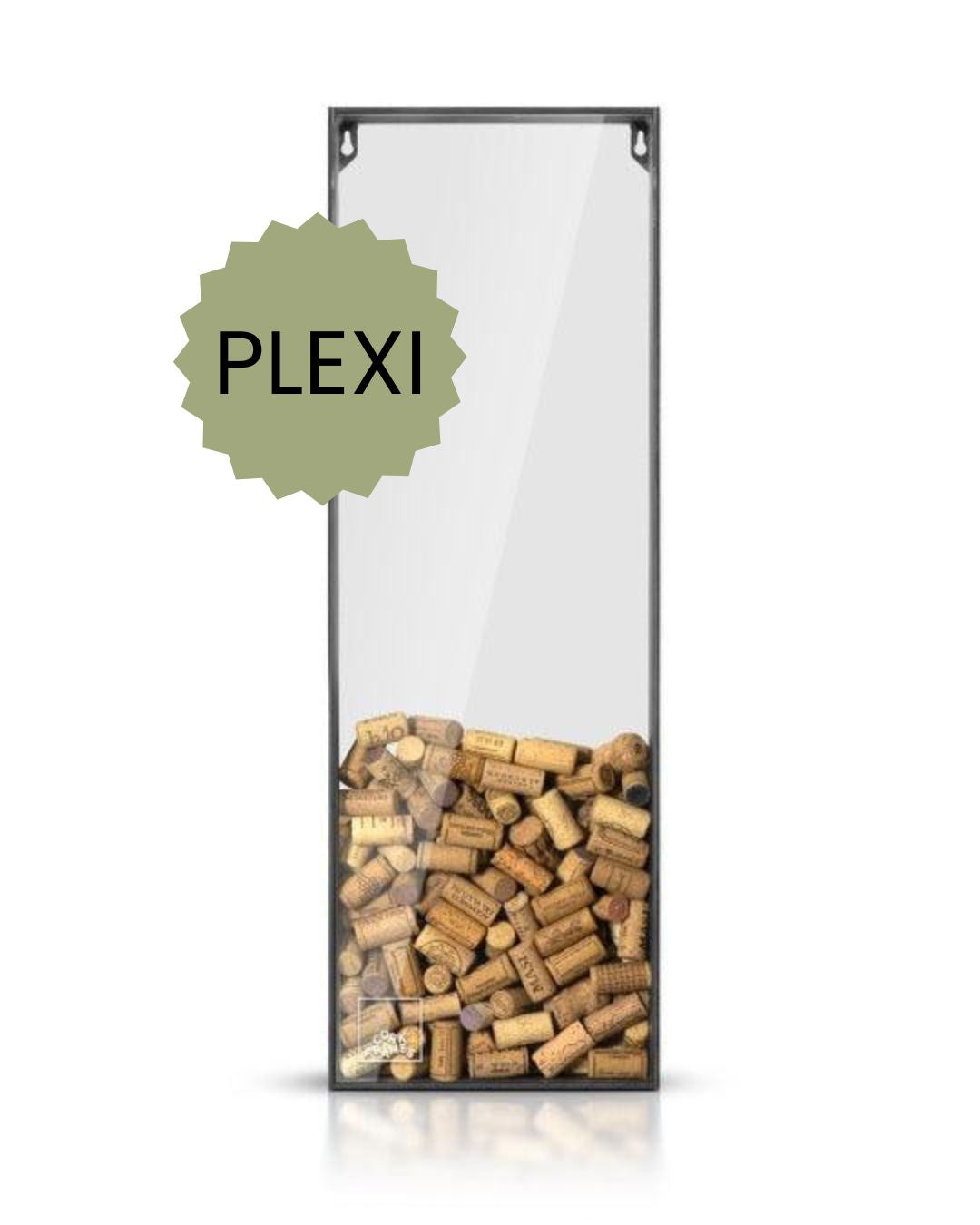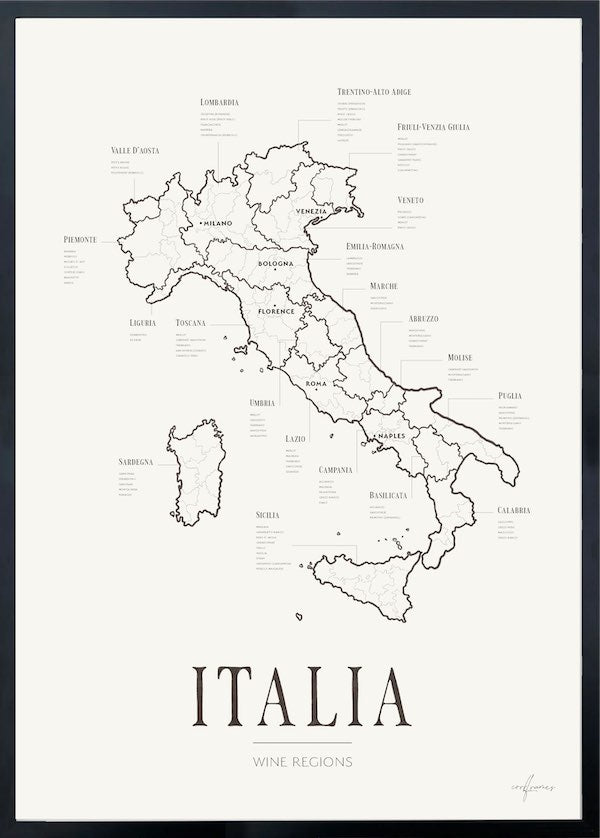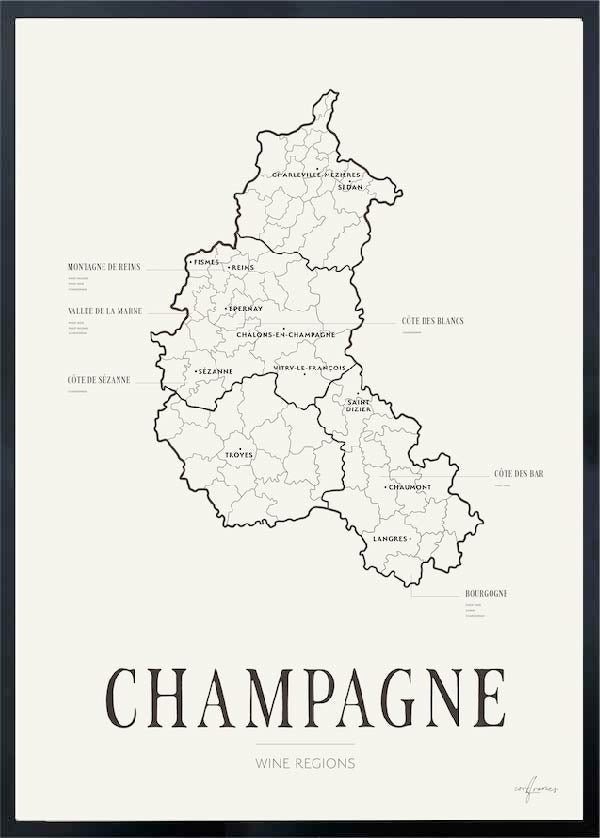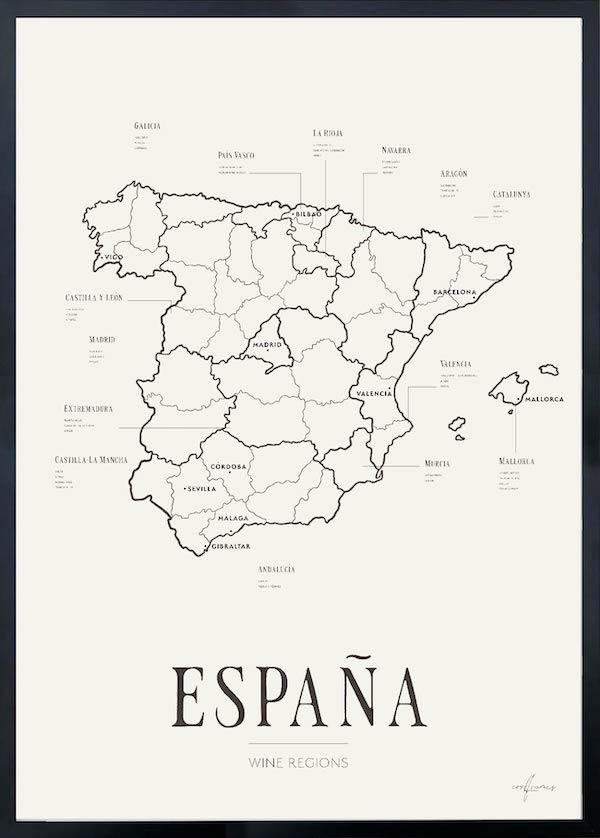When discussing Hungary’s most iconic wines, it is impossible to overlook the three grape varieties that define the magic of Tokaj: Furmint, Hárslevelű, and Sárga Muskotály. These grapes have been shaping some of the world’s most admired wines for centuries, especially the legendary Tokaji Aszú, a wine praised by kings, emperors, and poets throughout history. But what makes these grapes so special?
Let’s explore their unique characteristics and fascinating history.
Furmint – The Queen of Tokaj
If Tokaj had a royal family, Furmint would undoubtedly be the queen. This grape is the backbone of Tokaj’s wines and is used for both dry and sweet styles. It is known for its high acidity, which gives the wines excellent aging potential. Its thin skin makes it highly susceptible to botrytis (noble rot), a key element in producing the rich and complex Tokaji Aszú wines.
Flavor Profile:
Furmint offers a wide range of flavors depending on the wine style. Dry versions feature notes of green apple, citrus, almond, and minerality, while sweet Aszú wines burst with dried apricot, honey, caramel, and saffron.
Fun Fact:
In the 18th century, Tokaji Aszú was called "The Wine of Kings, the King of Wines" by Louis XIV of France – all thanks to Furmint.
Hárslevelű – The Aromatic Companion
Alongside Furmint, we find Hárslevelű, a grape whose name means "linden-leaf" in Hungarian, due to its leaves' resemblance to those of the linden tree. This variety is more floral and spicy than Furmint and is often blended to add richness and fragrance to the wines.
Flavor Profile:
Hárslevelű contributes aromas of acacia honey, orange blossom, vanilla, and tropical fruit. As it matures, it develops spicy and subtle smoky notes, making it ideal for both dry and sweet wines.
Fun Fact:
Hárslevelű is known for giving Tokaji wines a silky texture and an extra layer of floral and spicy complexity.
Sárga Muskotály – The Vibrant Charmer
Sárga Muskotály, or Yellow Muscat, is one of the oldest grape varieties in the world and is used in Tokaj to bring freshness and floral aromas to both dry and sweet wines. It is one of the most aromatic grapes in the region, offering an immediate and almost seductive bouquet.
Flavor Profile:
This grape delivers an explosion of orange zest, citrus blossom, jasmine, muscat grape sweetness, and nutmeg. Due to its lower acidity and highly perfumed character, it is often used in smaller amounts in Tokaji Aszú to enhance the wine’s aromatic complexity.
Fun Fact:
During the Habsburg Empire, Sárga Muskotály was one of the emperor’s favorite grape varieties and was known as "the wine of royal celebrations."
How Do These Grapes Work Together?
One of the most fascinating aspects of the Tokaj region is how these three grapes complement each other in winemaking. Furmint provides structure and acidity, Hárslevelű adds body and aromatics, and Sárga Muskotály contributes floral and citrus notes.
In dry wines, this results in elegant and mineral-driven expressions with lively acidity and complexity. In sweet Tokaji Aszú, the combination creates an intense and almost magical experience, where every sip reflects centuries of winemaking tradition.
So next time you open a bottle of Tokaji, remember the three heroes behind its greatness: Furmint, Hárslevelű, and Sárga Muskotály.






